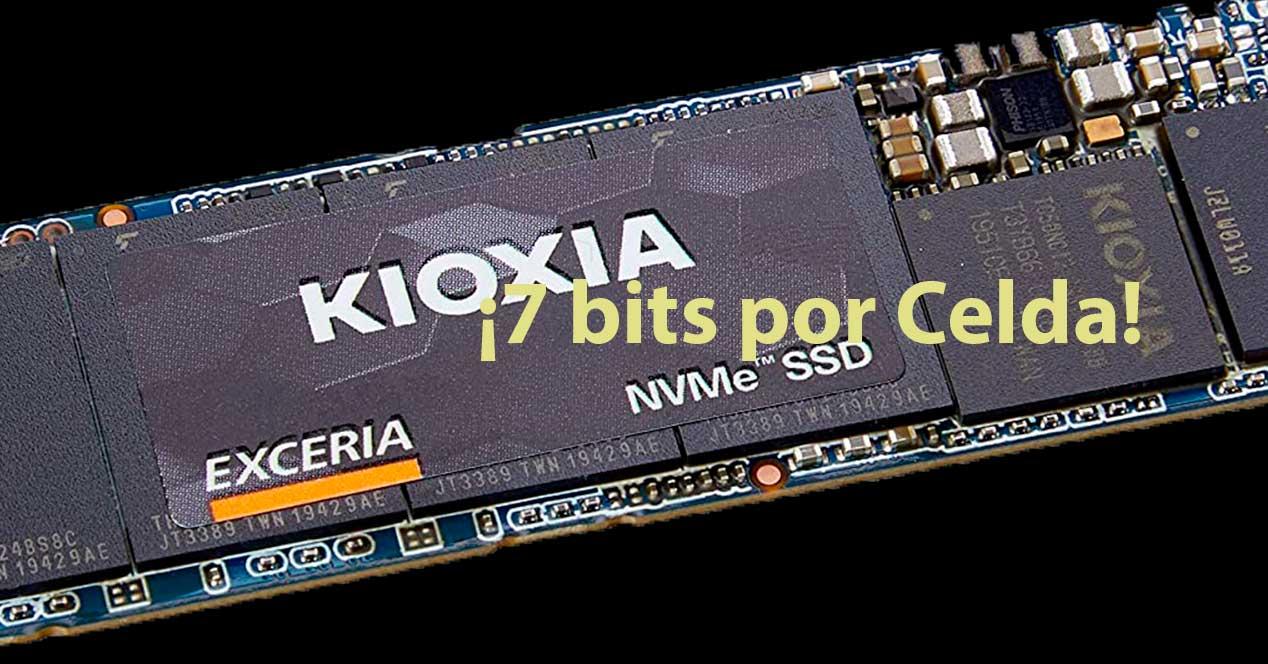The news that Microsoft may be dropping support for conventional hard drives in Windows has many hands on their head. Because if there’s one advantage left to hard drives, it’s how cheap each bit is for storage in comparison. On the other hand, in SSDs, information storage is still expensive even today. Well, that could change, since they managed to develop 7-bit flash memory per cell.
One of the biggest challenges facing flash memories of all kinds is storage capacity. The manufacturing technology is the same as that used to create RAM memories, but the basic structure is more complex. If we add to this that we need more storage capacity, then we have to look for solutions. One of them a few years ago was the development of 3D NAND memory, which involved stacking NAND Flash chips on top of each other and with interconnects running through them vertically. Today, the vast majority of NVMe SSDs use this technology and the number of layers increases with each generation. The other development is to increase the number of bits that can be stored per cell.
What are the characteristics of 7-bit flash memory per cell?
First of all, we must clarify that we are not talking about an end product, but about the fact that KIOXIA successfully grown in the laboratory NAND Flash memory chips with 7 bits per cell
Most current NVMe SSDs use 4 bits per cell if they are the most capable. However, we are talking about increasing the storage capacity by 75% only and the complications are in the flash controller. which has not yet been developed and has the ability to manage the 128 voltage levels with precision
In any case, the viability of 7-cell flash memory for commercial products is very remote. Not only due to the fact that the controller has not yet been developed, which is the other half of an NVMe SSD by supporting data requests from the rest of the system. Rather, it’s because they’ve managed to get it to work under very specific conditions and in the lab. Since doing itor having to immerse the chips in liquid nitrogen at -196°C for the memory cells to work. Which is a very high cost for not even doubling the data storage capacity.








